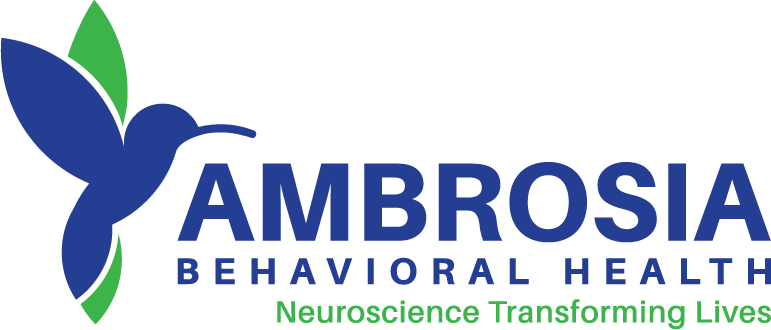Self-Injury disorder is a mental health condition characterized by the recurrent and intentional harming of one’s own body without suicidal intent. It is usually done in secret, and the person inflicting the injury typically feels ashamed or guilty about it. Self-injury may include cutting, burning, hair pulling, and other forms of bodily harm. Treatment options for self-harm vary depending on the severity of the condition. In most cases, counseling and therapy are recommended. Medication may also be prescribed to help control urges to self-injure and improve moods. For people who are struggling with severe self-injury disorder, hospitalization may be necessary.
What is Self-Injury Disorder?
People with this disorder often start by injuring themselves accidentally. Over time, they may develop a pattern of repeated injuries. The most common forms of self-injury include:
- Self-cutting – Cutting oneself is probably the most common form of self-injury. It involves making cuts on the skin. People who cut themselves may use sharp instruments like knives and razor blades. Others prefer blunt tools like scissors or broken glass. Some people may use materials that are not sharp but still cause pain. For example, some people chew on razors or use pencils to make deep cuts.
- Self-burning – Burning oneself is another way to hurt yourself. This type of self-injury involves using fire or heat to inflict harm. In some cases, people use chemicals to produce burns.
- Self-piercing – Piercing one’s skin is another way to hurt oneself. This includes inserting needles into the body, removing pieces of flesh, or injecting substances under the skin.
- Self-hitting – Hitting oneself is a form of self-injurious behavior. It involves striking the body with an object. Sometimes, people hit themselves with objects that are not intended for hitting. For example, they might hit themselves with a hammer or a rock. Other times, people hit themselves with their fists.
Other types of self-injury may occur. These include pulling out hair, biting the tongue, breaking bones, and scratching.
Is Self Injury an Addiction?
The most common form of self-injury is cutting, which is often associated with substance misuse. Cutting may serve as a way to cope with stress, anxiety, depression, and other mental health issues. It may also be used to release tension, pain, anger, or frustration. Some people use cutting to punish themselves when they fail to meet expectations.
People who self-injure sometimes develop a habit. This means that they continue to injure themselves even though they know it’s not healthy. Sometimes, individuals who have a history of self-injuring become addicted to the relief that comes after injuring themselves. In these cases, the individual needs mental health treatment.
What Causes Self-Injurious Behavior?
People who self-injure tend to be young adults between 15 and 25 years old. The most common reasons include depression, anxiety, stress, anger management issues, and substance abuse. Other reasons include personality disorders, eating disorders, and attention deficit hyperactivity disorder.
Patients who self-harm often do so because they want people to know how bad things are inside them. They also use self-harm as a way to cope with emotional pain. Some patients use self-harm to feel something while they are feeling nothing. For instance, self-harm is often used as a coping mechanism for those with anxiety; however, it is an unhealthy behavior that can potentially increase these feelings.
Researchers believe that certain personality traits play a role in self-injury. For example, those with borderline personality disorder have high rates of self-injury and suicidal thoughts. People with antisocial personality disorder may engage in self-harm as well. Additionally, those with substance misuse problems may self-harm as both are ways to cope with unaddressed issues.
Treatment for Self-Injury Disorder
Self-Injury Disorder is a condition where people feel the need to injure themselves on a regular basis. The cause of this disorder is unknown, but there are many possible treatments available. Treatment options include therapy, medication, and self-harm programs offered at mental health treatment centers like Neuroscience Institute. Services used to treat self-injury include:
- Cognitive-behavioral therapy
- Dialectical behavior therapy
- EMDR therapy
- Neurofeedback therapy
- Holistic treatment options
- Intensive outpatient programs (IOP)
- Residential mental health treatment
It is possible to recover from self-injury. Recovery involves learning new coping skills and developing healthier relationships. You can help your loved one who is self-injuring by encouraging them to get professional help.
Self-Injury Disorder Treatment in South Florida
Self-harm is unfortunately rather common among teens and young adults. Because of this, it’s vital to be aware of how to deal with self-harm, so the individual can get the necessary treatment as soon as possible. To learn more about Neuroscience Institute’s self-harm program in South Florida, give us a call or visit our admissions page today.




